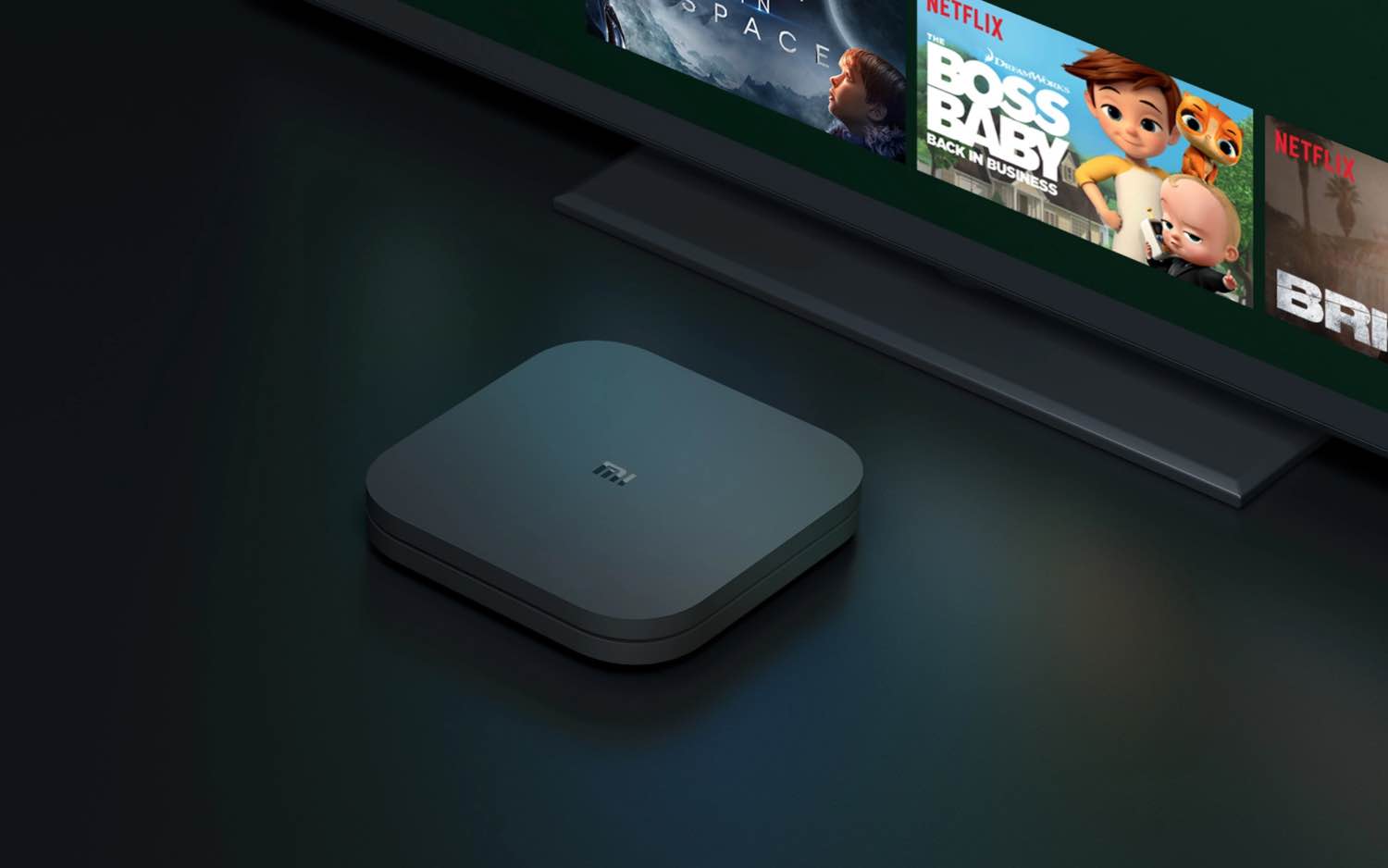Tom's Guide Verdict
There's no compelling reason to get a Xiaomi Mi Box S, due to troublesome issues with its picture quality, sound levels and interface.
Pros
- +
Inexpensive
- +
USB storage
- +
Google Assistant
Cons
- -
Substandard picture and sound
- -
Lackluster remote
- -
Resolution and frame-rate issues
Why you can trust Tom's Guide
Who remembers the Google Nexus Player? I remember the Google Nexus Player. Google's intriguing little disc was the world's introduction to Android TV, and while it wasn't perfect, it held a lot of promise and a few pitfalls. Devices like the Nvidia Shield TV have delivered on that promise, while those like the Xiaomi Mi Box S ($45) have kept a lot of the pitfalls intact.
To be fair, there's nothing hellaciously wrong with the Mi Box S. It doesn't cost that much money; it provides a 4K HDR picture; it runs on the underrated Android TV OS. But everything the system does right comes with a sizable caveat. The Mi Box S isn't any better than comparably priced gadgets; the picture quality and sound aren't as good as you might expect, and the storage space isn't sufficient to take full advantage of Android TV's best features.
The Mi Box S has already dropped in price considerably since it first came out. If it continues to do so, it may be worth picking up to use as a secondary TV or just to see what Android TV is all about without dishing out the big bucks for a Shield TV. Otherwise, there's no compelling reason to get a Mi Box S over similar devices from Amazon and Roku.
Design
The Mi Box S earns some points right off the bat for actually coming in box form. Other companies seem to be terrified of producing a box, unless it's for a large, premium product. The Roku Premiere ($40) is so small and light that it gets hoisted by its own HDMI cable, while the Amazon Fire TV Stick 4K ($50) is so big that it strains the "dongle" definition.
Not so with the Mi Box S, which measures a sleek 4.0 x 3.8 x 0.5 inches, with a black plastic chassis and attractive rounded edges. On the back of the device, there are ports for HDMI and power, but you'll also find a USB plug-in. Being able to provide your own content on a thumb drive is always a huge plus for a streaming video system, and not enough modern players offer this option.
Interface
The Xiaomi runs Android TV, and unlike the Android mobile OS, this particular platform doesn't have a thousand different micro-variations depending on manufacturer. Android TV is almost identical whether you run it on a Shield TV or a Sony Bravia TV or a Mi Box S.
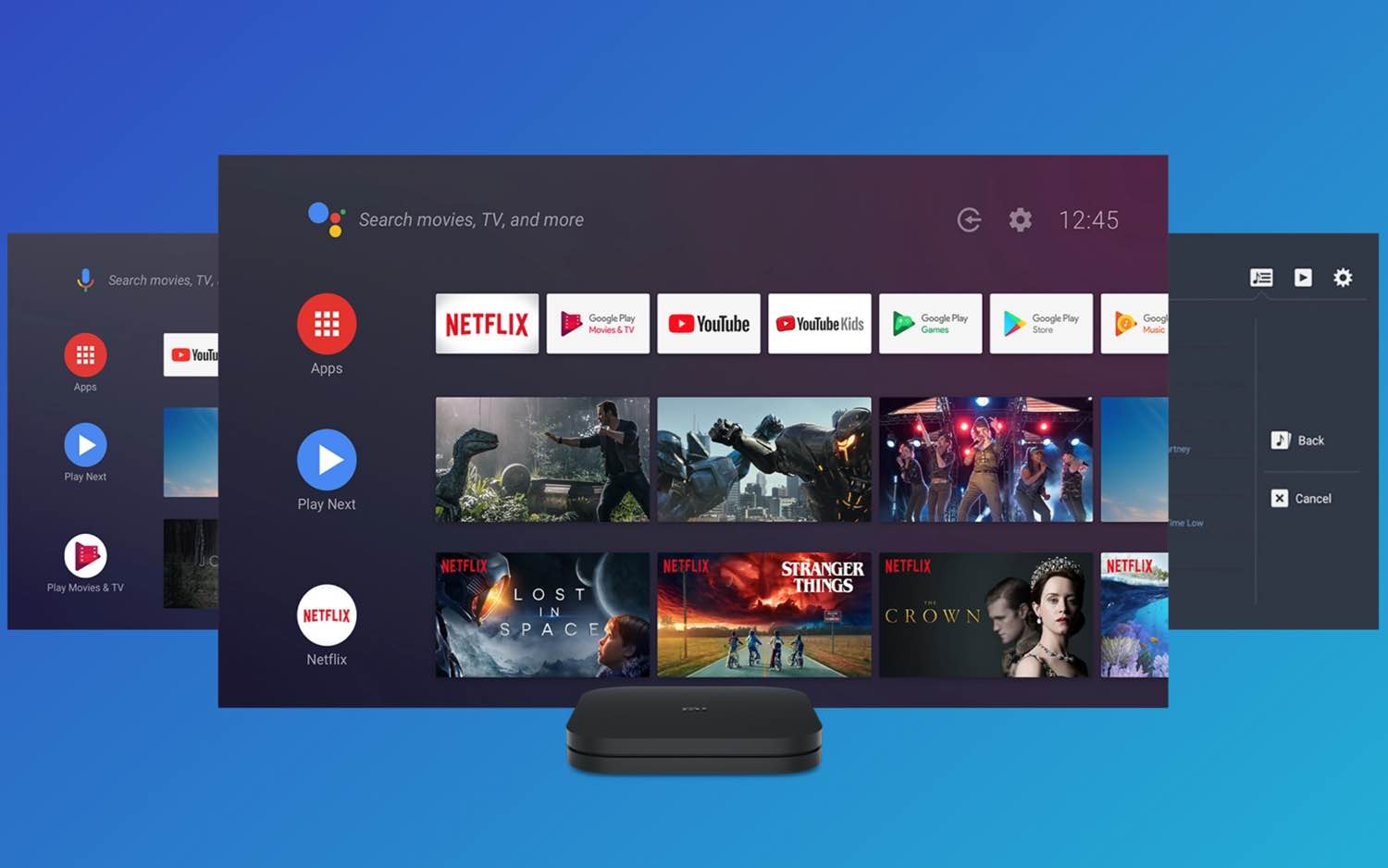
For those who have never used it, Android TV is a clean, navigable OS with a few helpful customization options — and a handful of very tedious menus to click through if you want to enable all customizations. When you start up the system, you'll see a row of your most frequently used apps on top. As you scroll down, you'll get personalized recommendations from each app, as well as options to find more apps and games. The Settings menu, which you can use to adjust the apps that appear on your home screen, is in the upper right.
Acquiring new apps can be a bit of a pain, because it takes a few clicks to get to any kind of store (and the store isn't that well-organized). But once you have the programs you need, you'll never be more than a few taps away from them. Overall, the Android TV interface isn't as clean as Roku's, but it's not as distracting as Amazon's, either.
Setup
Of all the Android TV systems I've set up, only the Mi Box S randomly restarted halfway through the process and then refused to pair with the remote control. Since the device hadn't yet been paired with my phone, I had no option but to give it the cold boot and hope for the best. Even then, it claimed that it was done updating its software, then immediately launched another unskippable update while I was reading through the Setup menu. At least you have to do this only once.
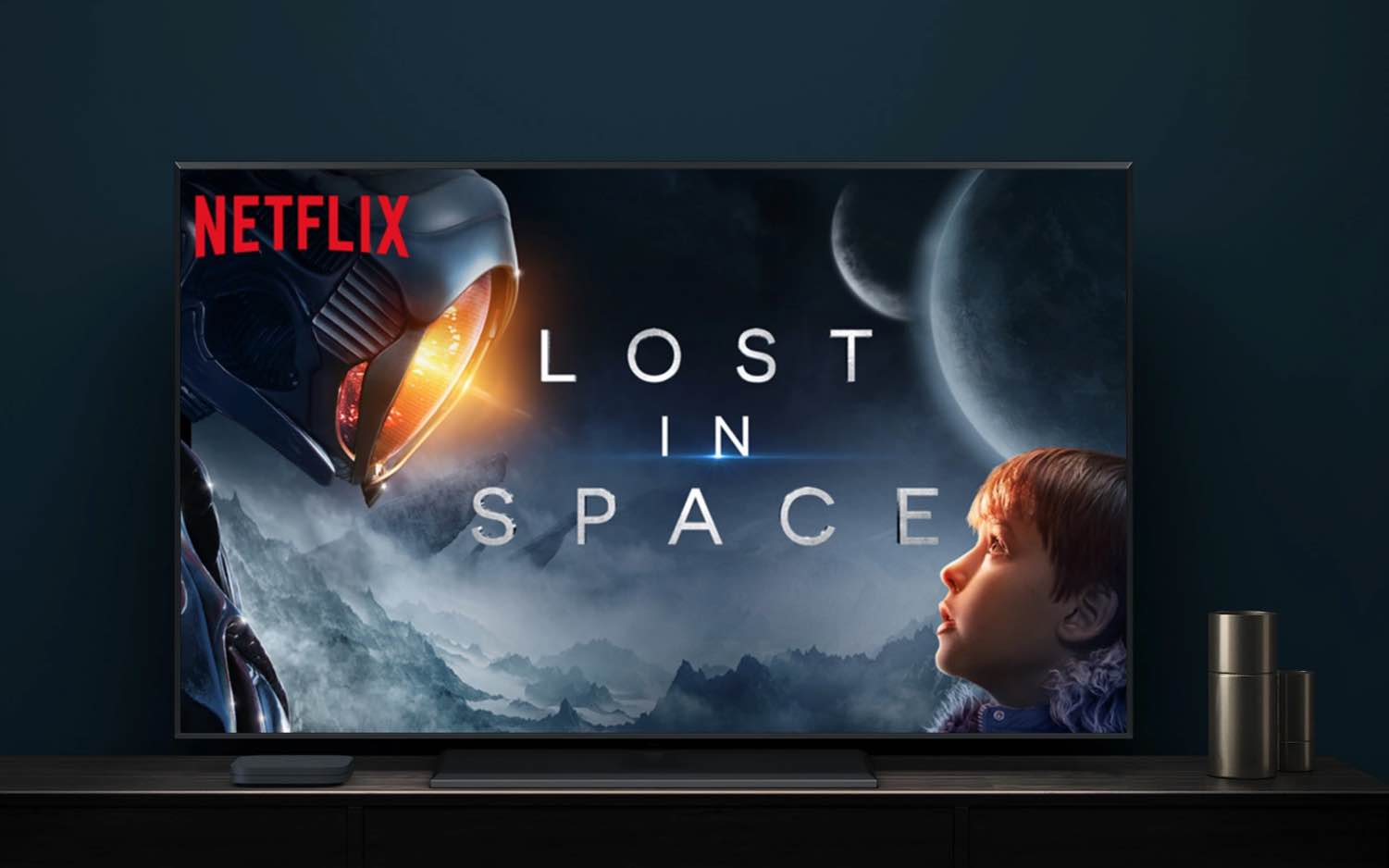
What's much more problematic, however, is that the Mi Box S has no idea how to handle video resolutions. One of its big selling points is that it supports 4K HDR content at an enviable price. But even when I hooked the Mi Box S up to a 4K HDR TV, the whole system defaulted to 720p with an SDR color spectrum. I was able to set things right in the menu, but then I had to choose from among about six different types of poorly explained 4K settings, including some that wrecked the frame rate and others that threw the color spectrum completely out of whack.
To be fair, the Mi Box S looked like it displayed content at the correct-ish resolutions once I got into the apps themselves. But they were always "close enough" approximations, never optimized experiences. Short of manually setting the resolution before every new piece of content I watched (and you can do this only from the main menu, not within apps), I had to either settle for lower resolutions or try to force lower-res content into strange frame rates. Most streaming devices have no trouble automatically adjusting these settings. I’m not sure why the Mi Box S is so finicky.
Remote Control
The remote control for the Mi Box S is also one of the weaker attempts I've seen lately. The device feels cheap and plastic, with buttons that jiggle around in their sockets and a directional pad that is much less precise than it looks.
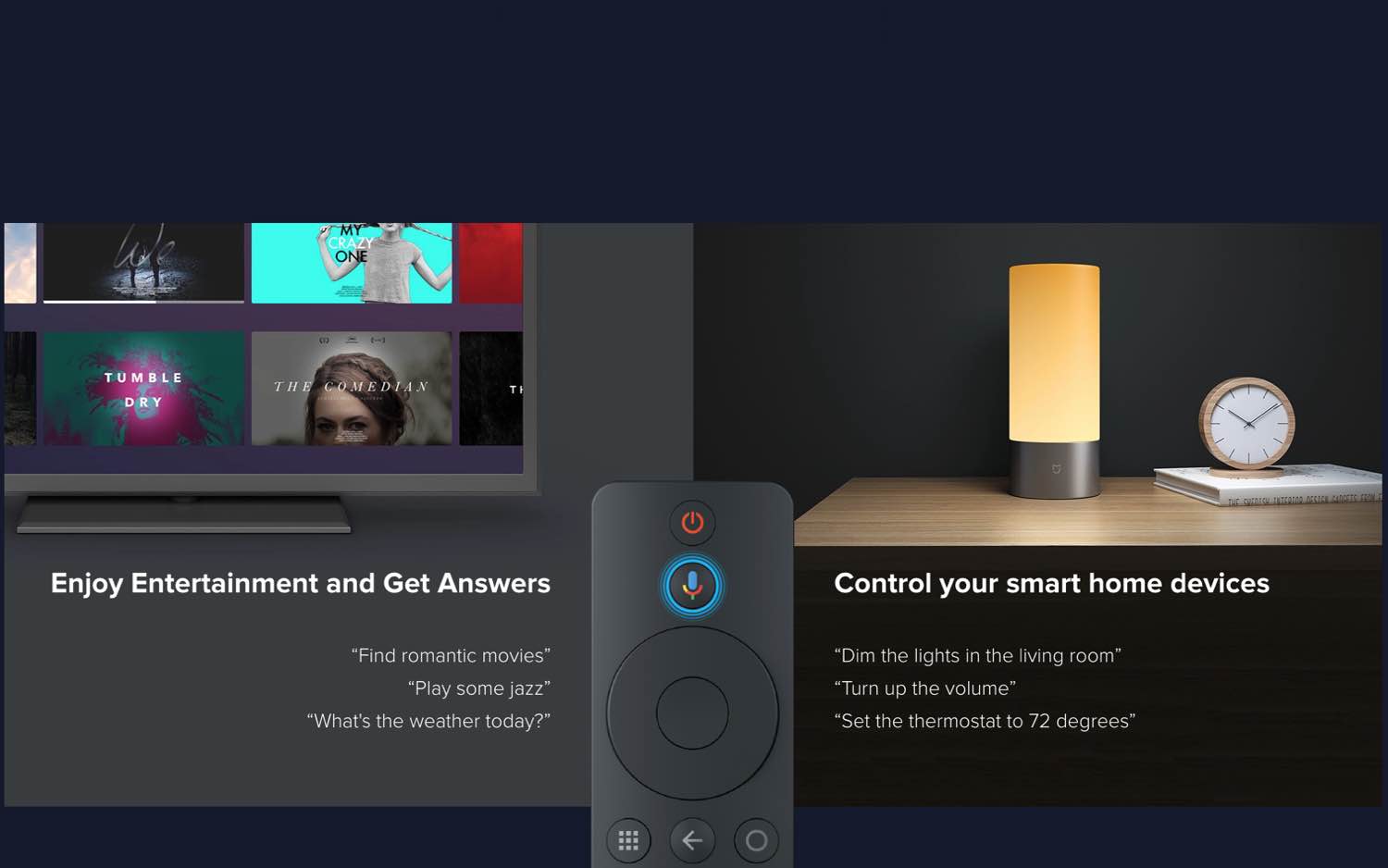
This remote has a pretty minimalist button layout: a voice search button up top (you don't have to hold it down — you just press and release, although this is never explained anywhere), a circular D-pad with a confirmation button in the middle, options, back and home.
At the very top, you have a power button (which doesn't actually turn the device off but just puts it to sleep), and at the very bottom, you have volume controls (which don't control the TV's volume, just the Mi Box S'.) Compared to what you get with newer remotes from Roku and Amazon that can control your entire TV, the power and volume buttons here are an enormous letdown and feel like a holdover from an earlier, less refined era in streaming.
There are also dedicated buttons for Netflix and live TV. The Netflix button works as advertised; the live TV button does not do anything, as far as I can tell.
Performance
Where the Mi Box S really falls down is in performance. Picture quality, even when you set it properly, is not very good. Navigation has just enough of a lag to be noticeable. The device is almost silent, even when you pump up the volume all the way.
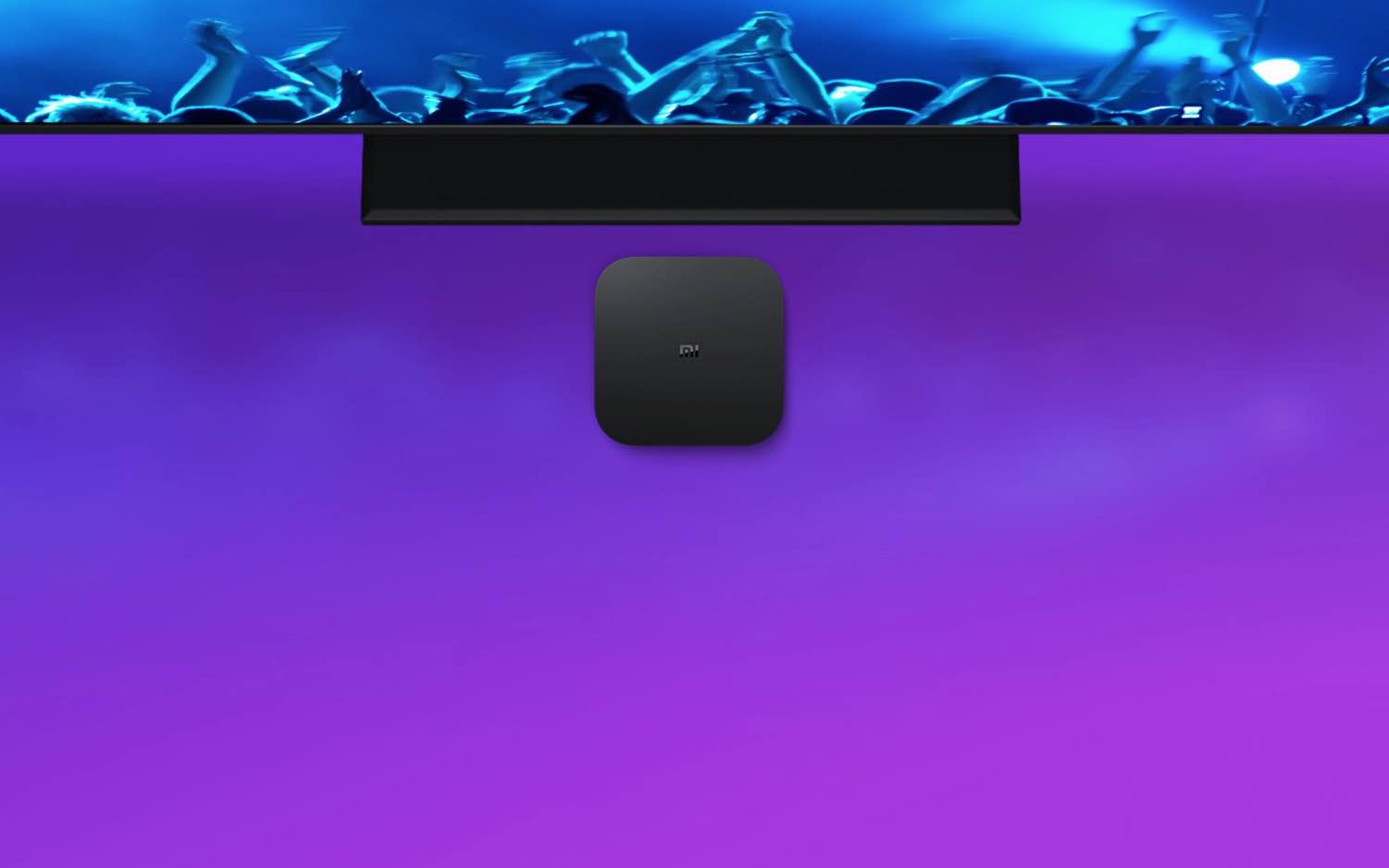
When I first played videos on the Mi Box S, I thought that my eyes were playing tricks on me. When I watched Daredevil on Netflix, the sparkling whites of Kingpin's penthouse looked dull and yellow and the details on the furniture looked grainy and indistinct.
I was playing the content on a Samsung smart TV and switched over to the set's built-in Netflix app to compare. On Samsung's Netflix app, Kingpin's penthouse gleamed and glimmered in razor-sharp detail. I tried the same comparison on a 4K HDR test video of animal life in Costa Rica on YouTube and experienced in the same results. Each emerald lizard or umber snake stood out in vibrant, lifelike color on the TV's app but appeared dull and a little grainy on the Mi Box S. Manually tweaking the resolution and frame rate, as described above, made things a little better, but not completely.
That's to say nothing of the volume. With the sound pumped all the way up on the Mi Box S, I still had to turn the TV volume up to 50 (out of 100) before I could hear dialogue and to 75 before I could hear it without straining my ears. With the TV's built-in apps, and with other streaming gadgets I've used, volume levels of between 15 and 30 were more than sufficient.
Beyond that, menu navigation is functional but not nearly as snappy as that on recent gadgets from Roku and Amazon. There's a split-second delay between giving a command and seeing the system carry it out. It's not going to ruin anyone's day, at least at present, but I do wonder whether the Mi Box S will be able to keep up with Android TV as updates make it more complex and demanding.
Content and Apps
Like most other Android TV devices, the Mi Box S lacks Amazon Video, but it has access to just about every other major app you could want. (The Shield TV has Amazon Video, thanks to some wheeling and dealing on Nvidia's part.) Netflix, Hulu, YouTube, Pandora, Spotify, Crackle, HBO Go/Now, Sling, PlayStation Vue and every other major channel are present and accounted for. Android TV also has access to most stand-alone premium channels and channel-specific apps that work with existing cable subscriptions, like FXNow.
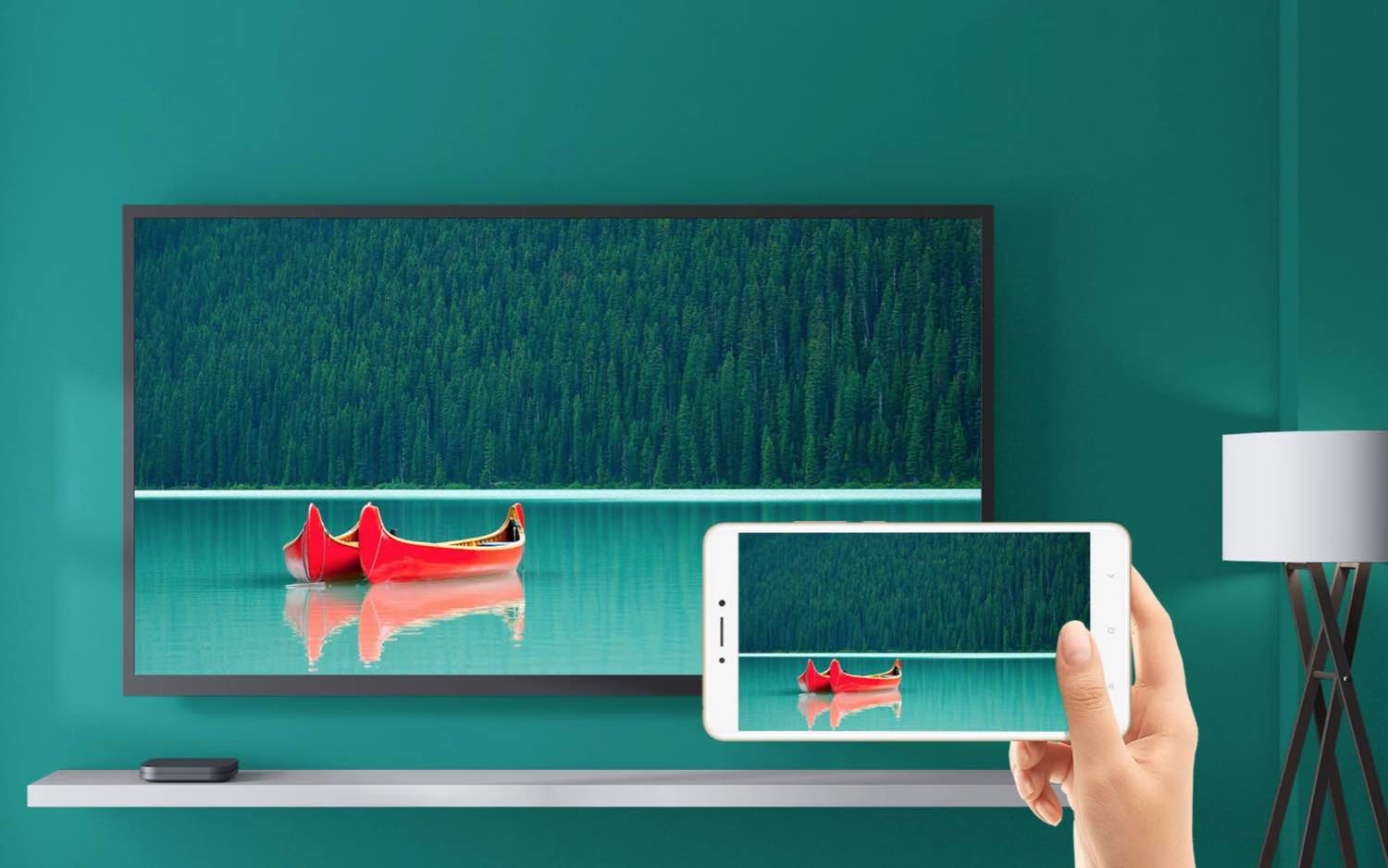
Another feather in the Mi Box S' cap is that it has full access to Google Assistant. You can do all the standard stuff, like ask for restaurant recommendations and weather conditions. But if you have a smart home setup, you can also control lights, thermometers, door locks and so forth. Google Assistant works well for the most part, but for some reason, no matter what location's weather I looked up, Google Assistant would vocally tell me that the temperature was "zero degrees," even though the information on screen was accurate. It's an obnoxious bug, and I've never seen it on another Android TV system.
MORE: Best smart home products that work with Google Assistant
One area where Android TV does quite well is in its selection of games. A lot of excellent Android games have made the jump to Android TV, including Star Wars: Knights of the Old Republic and a number of Final Fantasies. But the Mi Box S has only 5 GB storage, and 1.5GB of that is reserved for system files. You're not going to be able to use the Mi Box S to play anything too demanding, which is too bad, since it could probably handle high-end games pretty well.
It's also worth pointing out that like with other Android TV devices, you can use the Mi Box S as a Chromecast. Doing so doesn't improve the picture or volume issues, but considering that an actual 4K Chromecast will set you back $70, the Mi Box S has price going for it.
Bottom Line
I couldn't find it in my heart to like the Mi Box S very much. The picture quality is well below what I expected from a 4K HDR streaming device, the volume issues make streaming feel like a chore, and all of the little frustrations added up over time.
Still, I couldn't find it in my heart to hate it, either. It's an inexpensive way to experience one of my favorite streaming operating systems, it gives you full Google Assistant functionality, and it offers USB storage for less than $50.
I don't think the Mi Box S should be anyone's first stop for inexpensive 4K streaming; that would be the Roku Streaming Stick+ ($60), the Amazon Fire TV Stick 4K or the Roku Premiere, depending on how much money you have to spend.
The Mi Box S isn't for everyone, or even for most people. But until Google decides to try its hand at another first-party Android TV device, this device at least fills an empty market niche.
Credit: Xiaomi
Marshall Honorof is a senior editor for Tom's Guide, overseeing the site's coverage of gaming hardware and software. He comes from a science writing background, having studied paleomammalogy, biological anthropology, and the history of science and technology. After hours, you can find him practicing taekwondo or doing deep dives on classic sci-fi.
-
kamil950 Maybe changing some color options (maybe RGB, YCbCr, Deep Color or something - I don't know) could help with Xiaomi Mi Box S 4K or S?Reply
